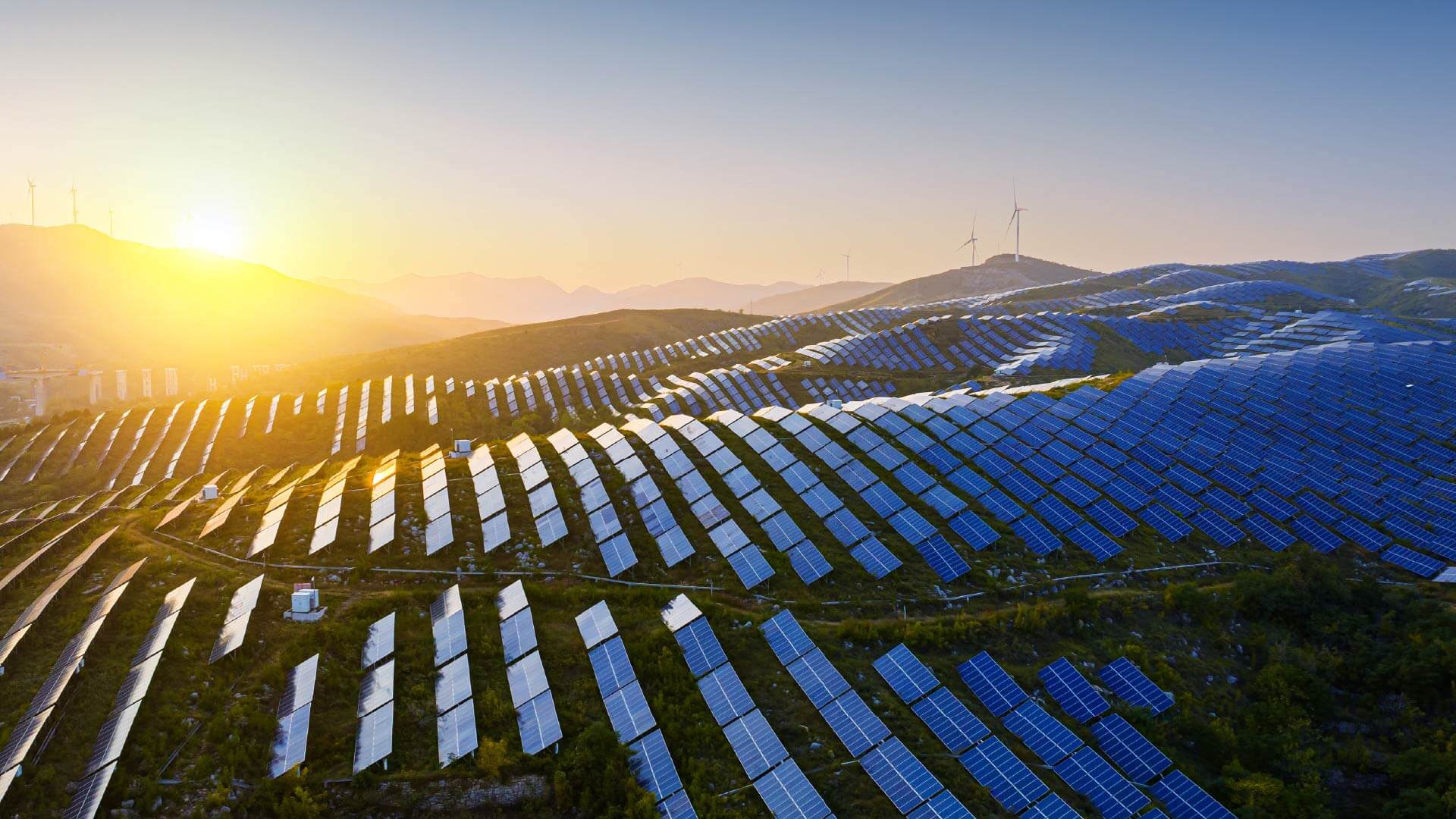Global Corporate Survey 2025: Leaders’ Energy Transition Budgets, Priorities And Tech Preferences
24 Apr, 2025
Access this research
Access all Corporate Energy Leaders content with a strategic subscription or buy this single report
Need help or have a question about this report? Contact us for assistance
Executive Summary
The energy transition has officially begun – and a fundamental realignment in how large businesses source and manage power is underway. Innovations in electrification, demand response, sensor technologies and AI, among others, give sustainability and operational leaders significant commercial upside to explore, while avoiding downside risk and carbon-related costs. Verdantix surveyed more than 150 leaders in Australia, the UK and the US to understand how buyers of energy-related technologies are developing strategies for the energy transition, as well as their technology preferences and spending plans on energy-transition-related technologies. Firms should use this report to steer a market strategy for the energy transition that aligns with what buyers want, and where they are headed.
Summary for decision-makers
Firms’ own energy transitions are still nascent
Connected energy transition strategies lag
An endemic cloud of uncertainty swirls around energy transition investments
Decarbonization is an energy goal, but primarily when costs and benefits are clear
The energy investment priority for firms is minimizing exposure to future risk
Firms’ five-year energy system investment plans: decarbonization, demand response and power access
Economic and risk drivers play the strongest role in energy transition business cases
The energy transition will pivot more and more from analogue to digital
Software beats out hardware in firms’ five-year energy transition spending
Methodology for global corporate survey on energy transition
Firms’ own energy transitions are still nascent
Connected energy transition strategies lag
An endemic cloud of uncertainty swirls around energy transition investments
Decarbonization is an energy goal, but primarily when costs and benefits are clear
The energy investment priority for firms is minimizing exposure to future risk
Firms’ five-year energy system investment plans: decarbonization, demand response and power access
Economic and risk drivers play the strongest role in energy transition business cases
The energy transition will pivot more and more from analogue to digital
Software beats out hardware in firms’ five-year energy transition spending
Methodology for global corporate survey on energy transition
Figure 1. Roughly half of firms say their core processes will be electrified by 2040
Figure 2. Many leaders question the foundations of their firm's stated energy transition strategy
Figure 3. Many energy leaders do not see a strong connection between energy strategy at firm level and at facility level
Figure 4. The largest obstacles for many firms to making capital energy transition investments are high costs and a challenging business case
Figure 5. Most firms do not think the energy transition is a straightforward business case
Figure 6. More energy leaders think efforts towards energy efficiency will have a high impact on decarbonization than other actions
Figure 7. The most common wish energy leaders have of their energy system in five years is zero carbon emissions
Figure 8. The top considerations for firms when making an energy transition business case are cost related
Figure 9. Energy leaders expect software-based energy technologies to jump the most in spend in the next five years
Figure 10. Respondents are located equally in three countries
Figure 11. Respondents come from a mix of industrial and commercial job functions
Figure 12. Respondents come from six industries across commercial and industrial market segments
Figure 2. Many leaders question the foundations of their firm's stated energy transition strategy
Figure 3. Many energy leaders do not see a strong connection between energy strategy at firm level and at facility level
Figure 4. The largest obstacles for many firms to making capital energy transition investments are high costs and a challenging business case
Figure 5. Most firms do not think the energy transition is a straightforward business case
Figure 6. More energy leaders think efforts towards energy efficiency will have a high impact on decarbonization than other actions
Figure 7. The most common wish energy leaders have of their energy system in five years is zero carbon emissions
Figure 8. The top considerations for firms when making an energy transition business case are cost related
Figure 9. Energy leaders expect software-based energy technologies to jump the most in spend in the next five years
Figure 10. Respondents are located equally in three countries
Figure 11. Respondents come from a mix of industrial and commercial job functions
Figure 12. Respondents come from six industries across commercial and industrial market segments
About the Authors

Isobel McPartlin
Analyst
Isobel is an Analyst at Verdantix, where she supports corporate decision-makers in navigating the energy transition through research on emerging energy solutions and net zero ...
View Profile
Ryan Skinner
Research Director
Ryan is a Research Director at Verdantix, where he leads a team of analysts delivering research, data and advisory services that help clients navigate the fast-evolving landsc...
View Profile








